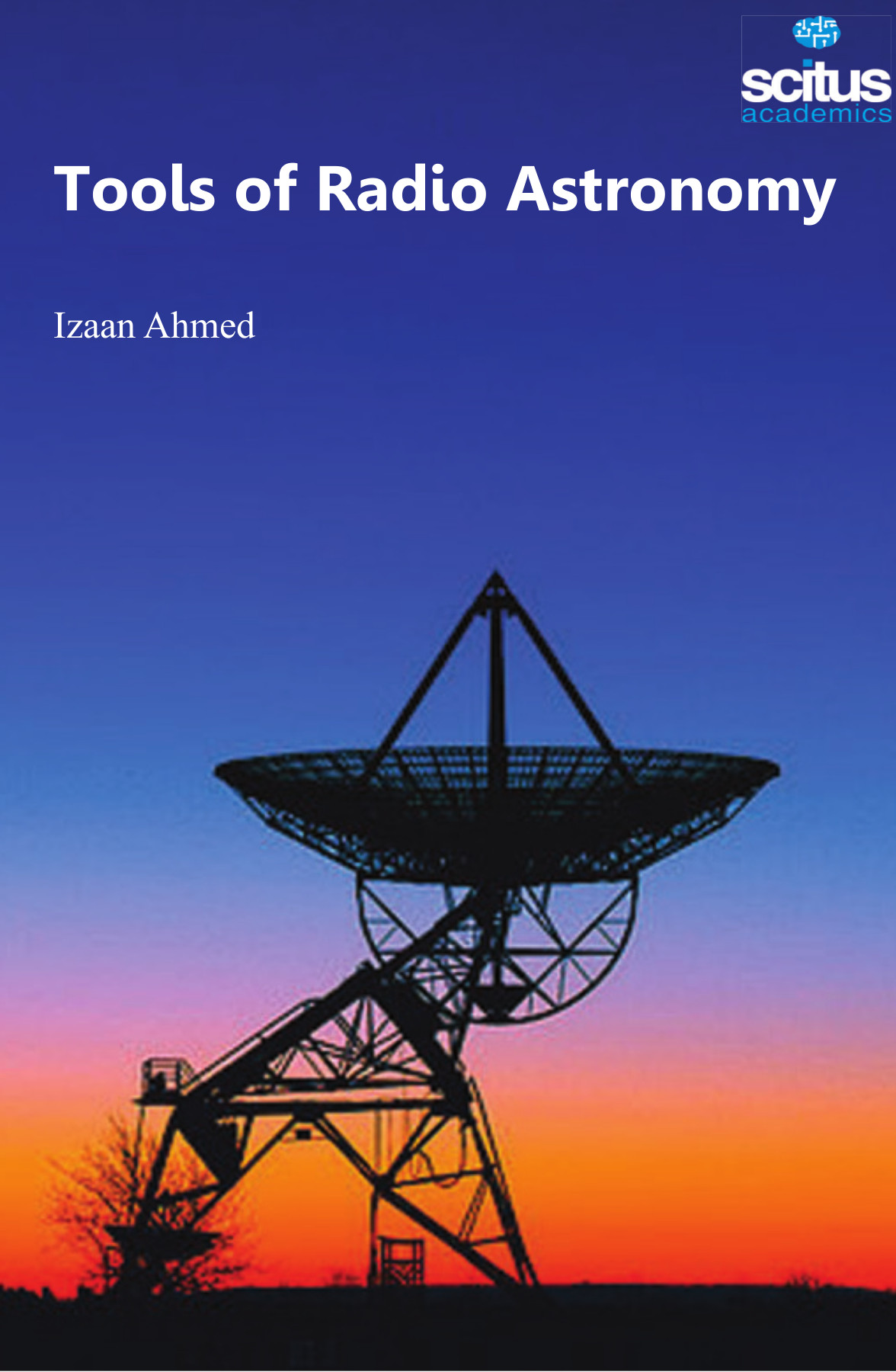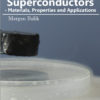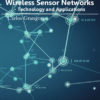When you gaze up at the night sky you see light given off by stars. That light has travelled across space for dozens, hundreds or thousands of years before entering your eye. When astronomers use large telescopes to probe the Universe, the faint light they gather may have come from objects millions or billions of light years away. In effect, we see objects as they were in the past as it takes that light time to travel across space. Astronomy, perhaps the oldest of Sciences, is the study of celestial objects including the planets, stars, and galaxies – even the Universe as a whole. What then is radio astronomy?
Radio astronomy, a subfield of astronomy, studies celestial objects at radio frequencies. The initial detection of radio waves from an astronomical object was made in the 1930s, when Karl Jansky observed radiation coming from the Milky Way. Subsequent observations have identified a number of different sources of radio emission. These include stars and galaxies, as well as entirely new classes of objects, such as radio galaxies, quasars, pulsars, and masers. Radio astronomy is conducted using large radio antennas referred to as radio telescopes, that are either used singularly, or with multiple linked telescopes utilizing the techniques of radio interferometry and aperture synthesis.
This book gives a complete introduction to the instrumentation and techniques needed for radio-astronomical research. After a thorough survey of electromagnetic wave propagation, antenna theory and the design of receivers are dealt with. Radiation mechanisms relevant to radio astronomy are the also subject of the in this book.













